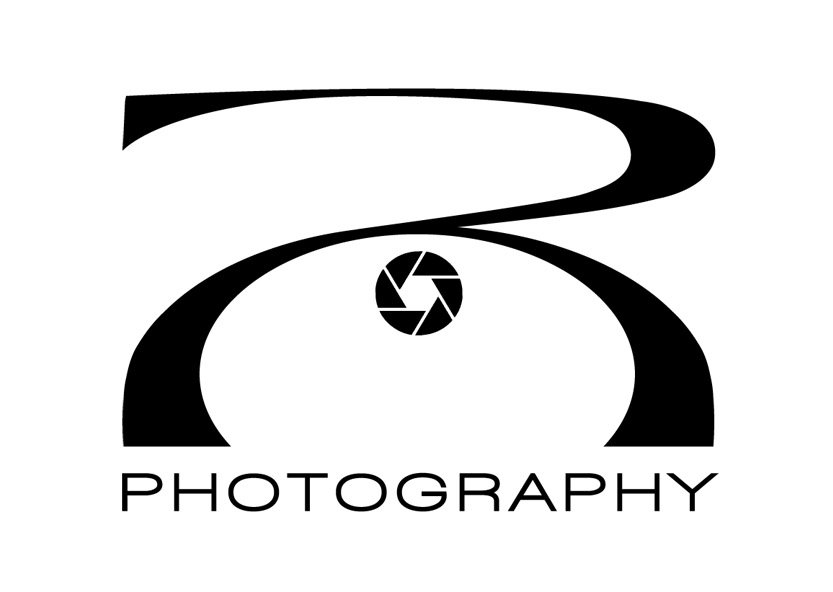Exclusion zone
I’m of immigrant descent with my DNA consisting of Italian and Ukrainian. My ancestors had to flee Europe
due to pogroms and war, the most recent being in 1945.
I was always curious about what people filled their suitcases with,
what they left behind and what they took with them.
One travels with memories, photographs, with light/heavy or small/big objects…






…but they can’t transport their house.
Sometimes it’s not within your control when you need to leave, sometimes people are forced to leave
without warning, without thinking, without doing proper logistics…
Empty spaces where there was at some point life, energy, dreams or even problems and now all that is
gone. Everything built, dreams, effort, work, just gone in a blink of an eye.
Hence, questions like “who lived there?”, "why did he leave such or such a thing?”are mind
blowing trip to the past...
Questions that feed the imagination as well as curiosity.
The previous photos were taken in 2015, in l'Aquila, Italy, in the aftermath of the 2009 quake and 2016 in
Pripyat, Ukraine inside the Tchernobyl exclusion zone.
Quotes are from the book: Tchernobyl voices, by 2015 Nobel prize winner Svetlana Alexievitch


















